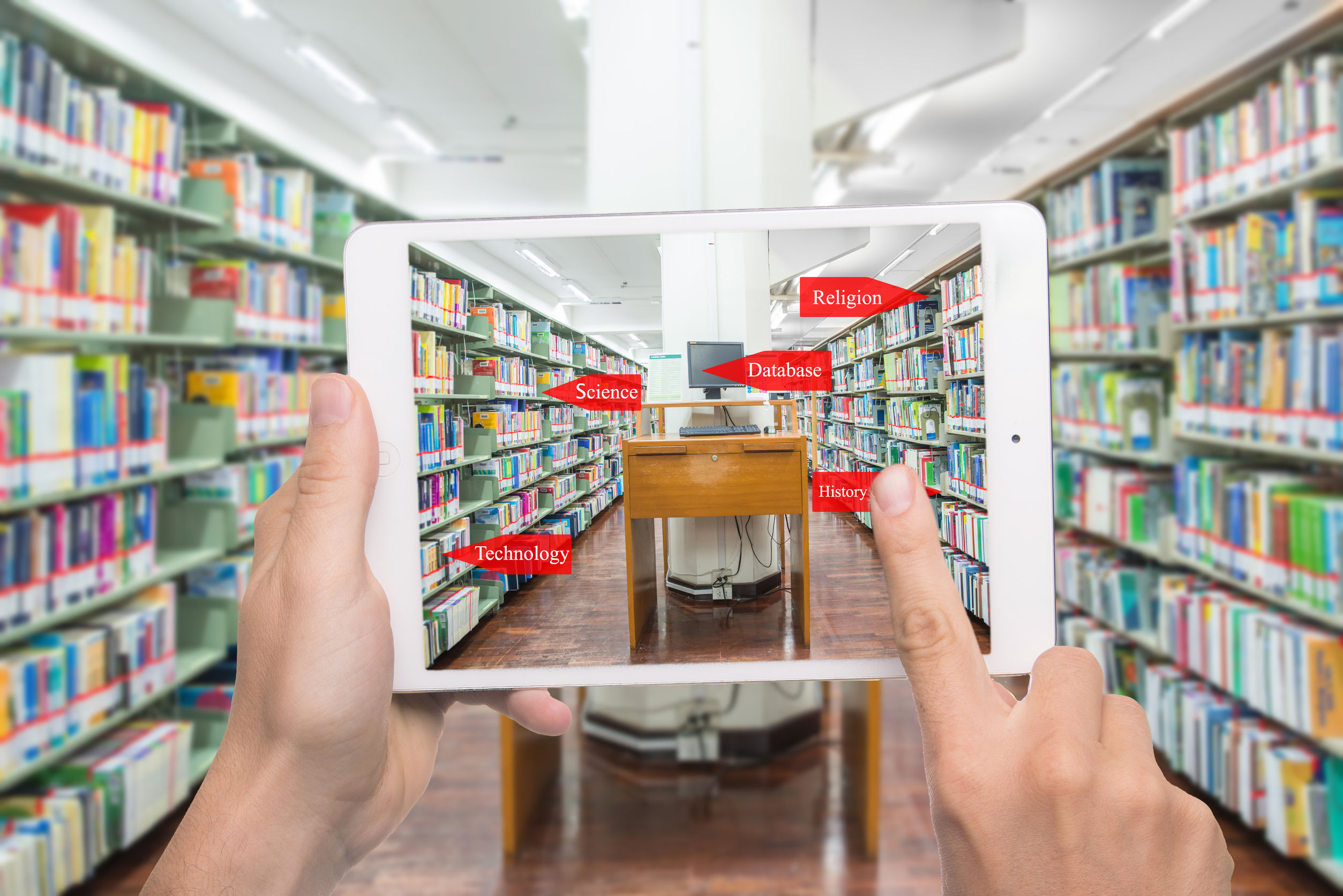Curriculum
5 Little Tricks To Achieve The Best Results In Student-Centered Design
Today’s digital students are demanding a higher quality of education and customized learning experiences. Accessibility and success depends on personal factors that extend beyond the campus. Students are looking for learning that relates directly to them. Online learning has allowed students with busy work schedules, hectic personal lives, and a lengthy list of responsibilities to continue their education. However, traditional online programs may fail to meet student needs, because they are mainly a one-size-fits-all solution. As adult learners are looking to explore career opportunities, new skills, or personal interests, their learning experience is significant. Universities that offer a student-centered design approach will engage and elevate their learners, and above all, retain those learners for the duration of the program.
As a college or university curriculum leader, you can propose tailoring the design thinking process or human-centered design process to student-centered design.
(more…)

